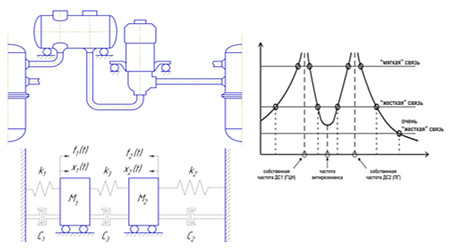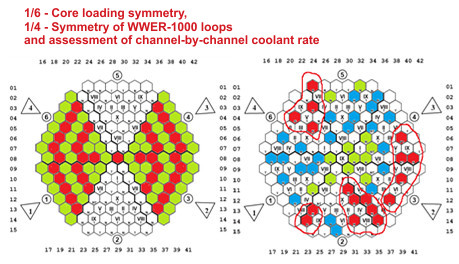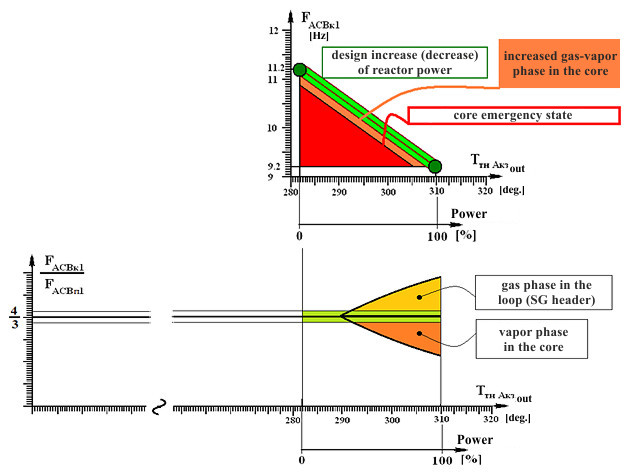
JSC "STCD"
Diagnostics CenterE-mail:

Address: office 329, Gazgoldernaya st. 14, Moscow 109518
Telephone/Fax: (495) 690-9195


Experimental ResearchIn addition to the intended use namely reactor system early diagnostics by way of analyzing the object dynamics, fixed diagnostic systems are extremely sensitive to the changes of properties of the object monitored and they can be used as a tool for research. In particular, diagnostic systems were used to deal with the following scientific and technical problems:
Diagnostic systems provide unique measurement data from the point of view of verification. Calculation modeling of reactor system components vibration is an essential stage of designing the reactor internals and fuel assemblies. Finite element method is mostly used for structural modeling as the most universal method for digitization of complex three-dimensional systems. For instance, the direct and formal finite element vibration modeling of such complex structures as the main circulation circuit or fuel assembly is doomed to failure because the models of these structures will be too large for any application tasks. Moreover, the direct simulation of such a regular structure will result in a large number of multiple and uninformative frequencies complicating both the calculation of inherent characteristics and an interpretation of calculation data. Therefore a sequential verification of its local components followed by the reduction of full-scale model is considered to be an important and inevitable stage of solving the task. The sequential verification is carried out by creating simplified local models of individual subsystems followed by the integration of these models. This approach was implemented by JSC “STCD” to develop the vibration model of main circulation circuit, reactor internals and fuel assemblies of WWER reactors (Figures 1, 2).  Figure 1 Figure 1 Figure 2 Figure 2The analysis of WWER neutron noise signals using VNDS tools throughout a number of campaigns allowed generating new diagnostic attributes that extend the capability to monitor the reactor core in real time (Figures 3, 4):
 Figure 3. VNDS. Neutron Noise Measurements of Acoustic Parameters of Main Circulation Circuit and Core Figure 3. VNDS. Neutron Noise Measurements of Acoustic Parameters of Main Circulation Circuit and Core Figure 4. New Methods. Diagnostics of CPS Control Rod Figure 4. New Methods. Diagnostics of CPS Control Rodin Case of Movement in the Normal Mode |